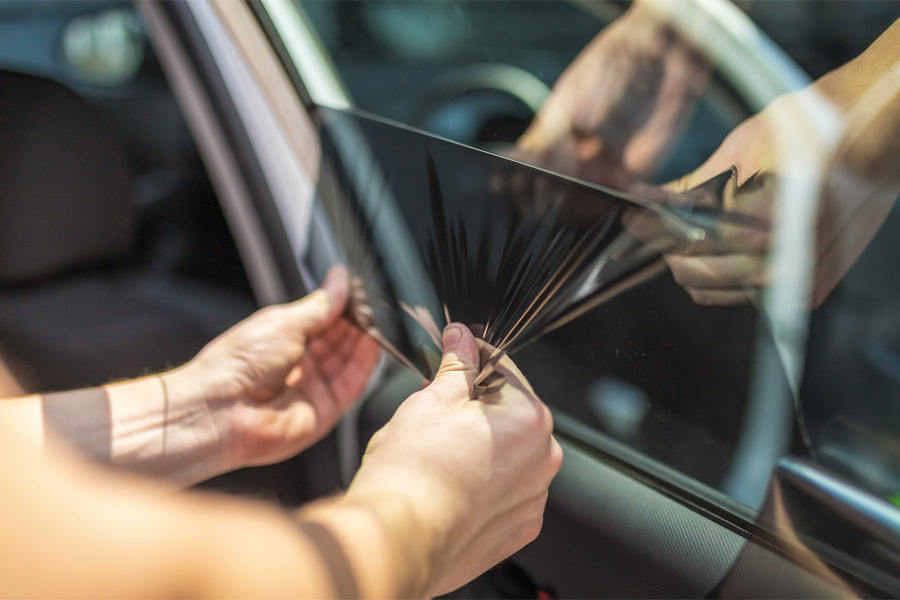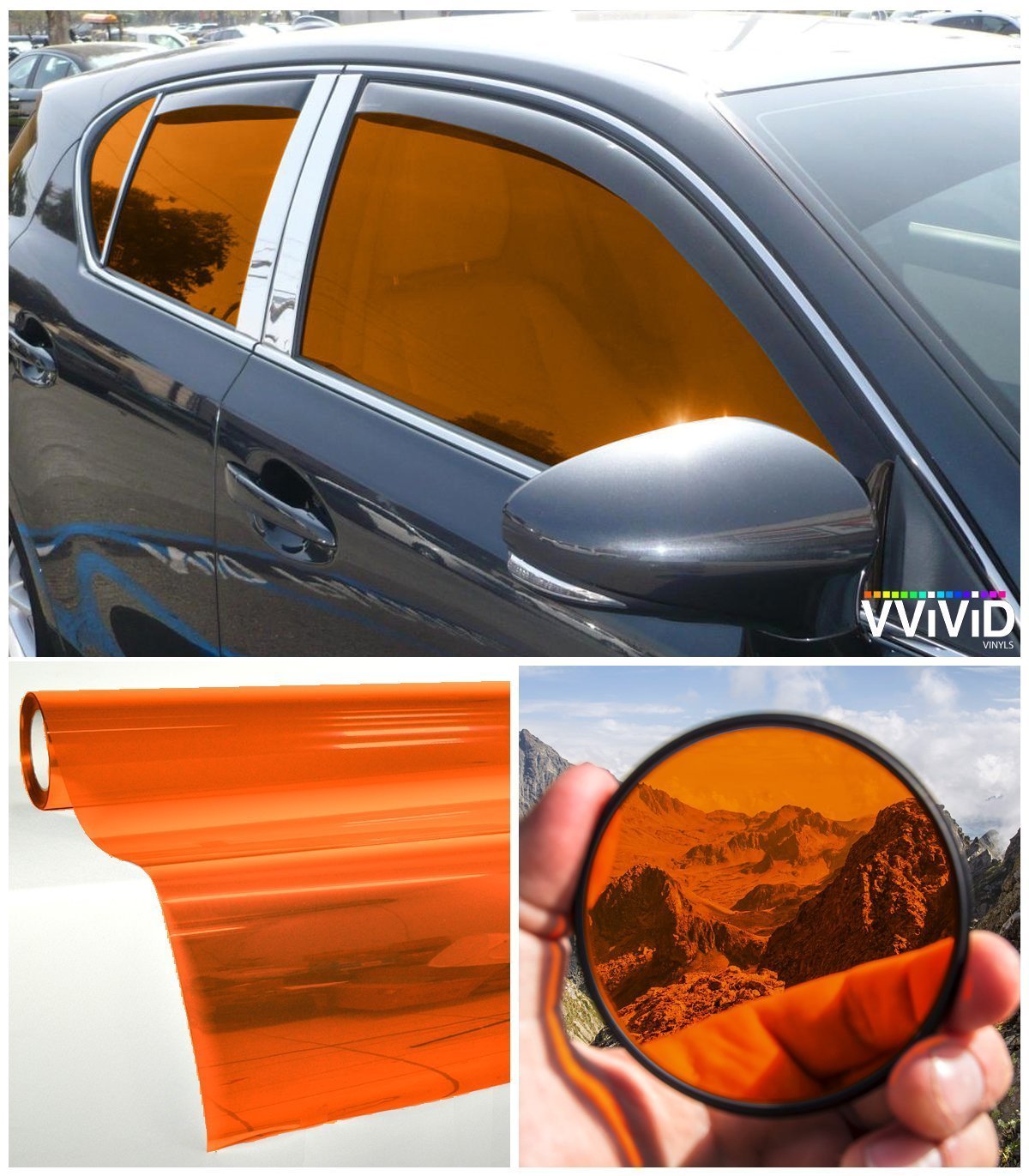Car Window Tinting for Enhanced Safety And Security and Reduced Burglaries
Car Window Tinting for Enhanced Safety And Security and Reduced Burglaries
Blog Article
Window Tinting Regulations and Guidelines: What You Need to Know Prior To Tinting Your Cars And Truck
Prior to continuing with home window tinting for your vehicle, it is crucial to acquaint on your own with the varied legislations and guidelines that regulate this technique throughout different states. These guidelines determine the permitted levels of color darkness, commonly measured by noticeable light transmission (VLT) percents, and include details stipulations for front windscreens aimed at making certain roadway safety. Additionally, certain jurisdictions may supply medical exceptions for people with certifying problems. Recognizing these intricacies can save you from potential legal ramifications, however what are the details guidelines in your state?
Overview of Home Window Tinting Laws
Home window tinting regulations are frequently based on variation throughout different jurisdictions, mirroring local guidelines and security considerations. These legislations determine the acceptable degrees of color darkness and reflectiveness on automobile home windows, guaranteeing that motorists preserve sufficient presence while likewise protecting against dangerous UV rays and warm.
Most policies categorize home window tinting based upon the Visible Light Transmission (VLT) percentage, which shows the amount of light that can pass via the window. Generally, lower VLT percents represent darker colors. Regulations commonly differentiate in between the front, side, and back windows, with more stringent constraints related to the front windscreen to boost safety for both the driver and various other roadway users.
Additionally, some jurisdictions impose limitations on the reflectivity of the color, stopping excessive glow that can hinder exposure. Exemptions to these legislations might exist for individuals with specific clinical conditions calling for extra sunlight defense. Conformity with home window tinting policies is crucial, as violations can cause penalties, compulsory elimination of the color, and possible rises in insurance coverage premiums. Therefore, it is necessary for automobile owners to familiarize themselves with local regulations before waging window tinting installments.
State-by-State Tint Rules
Recognizing the details home window tinting laws in each state is important for lorry proprietors looking for to abide by the legislation. Each state in the U.S. has actually developed its very own collection of rules regulating home window tinting, which can vary substantially. These regulations typically dictate the allowable degrees of tint darkness, the sorts of home windows that can be tinted, and any kind of medical exceptions that may use.
For example, states like The golden state have rigid constraints on color darkness for front windows, while others, such as New Mexico, may allow darker colors. In addition, particular states mandate certain exposure percents for different windows, consisting of the windshield, front side home windows, and rear windows. It is crucial for auto proprietors to familiarize themselves with their state's laws to prevent prospective penalties or charges.
Additionally, some states may call for a certification sticker to be put on colored windows, indicating conformity with state regulations. Failure to comply with these regulations not just risks legal effects however can also influence safety and security and exposure while driving. Vehicle proprietors must carry out detailed research study or speak with neighborhood authorities to make sure full understanding and conformity with state-by-state color laws.
Allowed Tint Degrees and Types
Lots of automobile owners may be stunned to discover that allowed color degrees and types vary widely across various states. Each state has actually established its own guidelines pertaining to the allowable darkness and reflectivity of window tint, commonly determined by Visible Light Transmission (VLT) portions. VLT refers to the quantity of light that can pass via the colored home windows; hence, a lower portion indicates a darker tint.

In addition, the kinds of color products enabled can differ, with some states prohibiting mirror-like or metallic coatings. It is important for lorry owners to familiarize themselves with their state's particular laws to make sure compliance. Non-compliance can result in penalties, obligatory removal of the color, or various other lawful effects, making it critical to understand these guidelines before continuing with installment.
Medical Exemptions for Tinting
While not all look what i found states offer allocations for medical exceptions relating to home window tinting, those that do identify the requirement for particular people to enhance presence and comfort due to clinical conditions. Various clinical problems, such as lupus, skin cancer, and certain eye conditions, can provide people official source particularly conscious sunshine. Subsequently, these individuals may require darker tints to protect themselves from hazardous UV rays and glare.

It is essential to note that despite a medical exemption, there may still be restrictions on the level of tint permitted. Conformity with state laws makes certain that people are both secured and within lawful limits. Those thinking about clinical exemptions ought to call their neighborhood Division of Electric motor Cars or equal authority to recognize the procedures and needs needed to request an exception effectively.
Charges for Non-Compliance
Stopping working to adhere to window tinting regulations can lead to substantial charges, which differ by state. Police are encouraged to provide citations for cars that do not comply with the specified tinting policies. These charges generally include fines, which can vary from moderate quantities to numerous hundred bucks, relying on the severity of the violation and the state in question.
In some jurisdictions, duplicated offenses might lead to intensifying penalties or added penalties, such as obligatory court appearances. Non-compliance might demand the elimination of illegal tinting, typically at the owner's cost. In extreme instances, regular offenders may deal with suspension of their car registration until compliance is accomplished.
Additionally, insurance effects might occur from getting multiple citations for window color infractions. Insurance firms might see such offenses as a sign of riskier habits, potentially resulting in enhanced costs or problem in protection.
To avoid these penalties, it Related Site is important for car proprietors to acquaint themselves with their regional home window tinting legislations and guarantee that their vehicle complies (Window Tinting). This aggressive strategy not just avoids legal ramifications however also promotes roadway safety and security
Final Thought

Many regulations classify home window tinting based on the Visible Light Transmission (VLT) portion, which shows the amount of light that can pass through the window. Compliance with home window tinting regulations is crucial, as offenses can result in fines, compulsory elimination of the tint, and possible increases in insurance coverage premiums.Comprehending the certain window tinting policies in each state is important for car owners looking for to conform with the legislation. These laws often dictate the allowed degrees of tint darkness, the types of home windows that can be tinted, and any medical exceptions that might apply.
For instance, states like California have rigid limitations on color darkness for front windows, while others, such as New Mexico, may permit darker tints.
Report this page